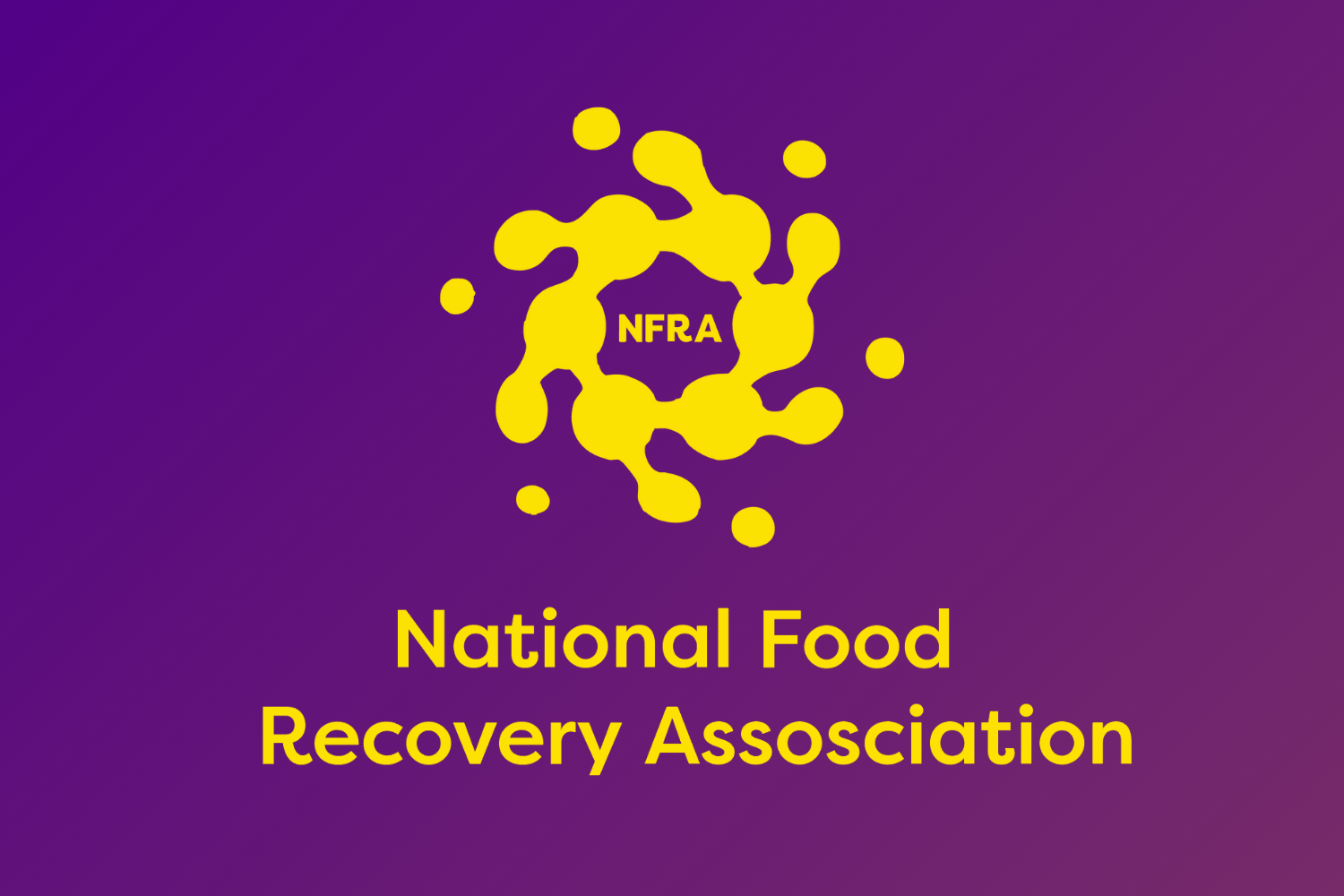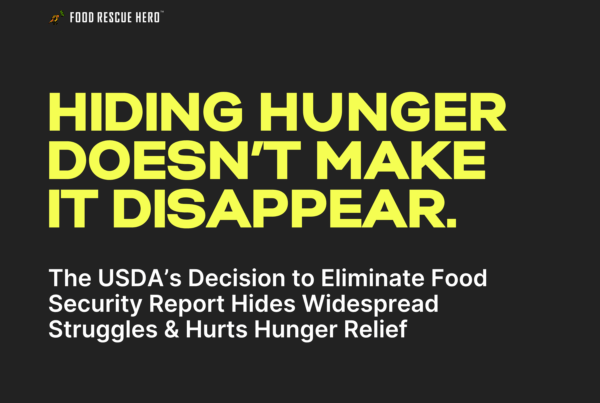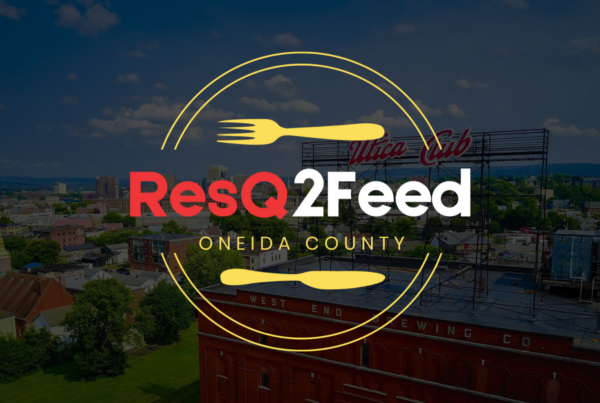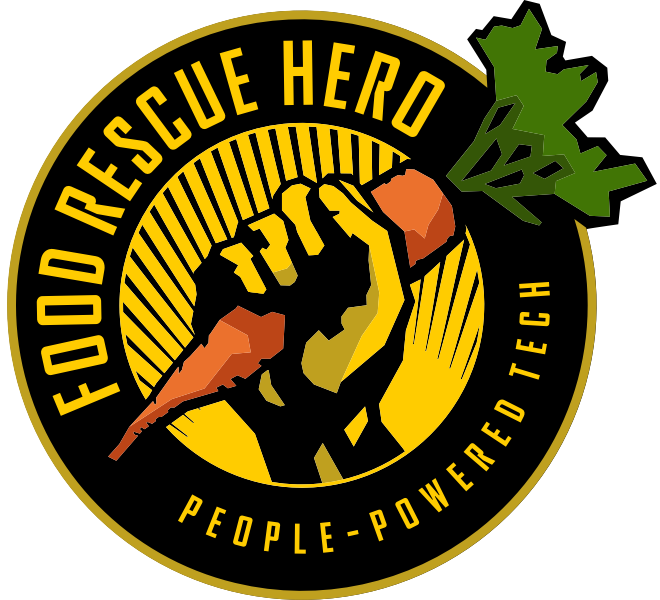The National Food Recovery Association (NFRA) launched this year, announced on panels at two major food waste conferences: Waste Expo and ReFED Food Waste Solutions Summit.
What is the NFRA?
The NFRA brings together food recovery organizations and professionals to advance the edible food recovery industry through collaborative, solution-focused initiatives that identify and support industry-best practices. The NFRA aims to position edible food recovery as an essential and sustainable feature of the U.S. food system through increasing the visibility, inclusion, and endorsement of food rescue organizations.
The concept for the NFRA has been in the works for two years. Food Rescue Hero’s Vice President of External Affairs, Jennifer England, began rallying other food recovery professionals around the idea after participating in a panel at Waste Expo in 2023 that highlighted the overlapping interests and needs of food recovery organizations across the country.
The Overlooked Impact of Food Recovery
Food Rescue Hero (FRH), supports growing food recovery as an industry, a commitment demonstrated in actions from its webinar series to its annual Food Rescue Conference. But the team at FRH also know that food recovery is a unique, system-changing way of ensuring food is diverted from landfills to people in need. At scale, food recovery has the opportunity to eliminate food insecurity. We waste enough good food to end hunger many times over. But the devil is in the details as they say.
Food surplus happens in a highly distributed network, in hundreds of thousands of consumer-facing businesses and institutions every day. And, according to Food Rescue Hero data, about 85% of rescued food is perishable. Recovering that amount of food daily and distributing it to people who can use it is a new logistics challenge. The hub and spoke model, upon which traditional charitable food systems rely, becomes unwieldy when you try to account for donations as small as a tray of sandwiches, inconsistent supply, or distribution that has to happen immediately. Food Rescue organizations are all too aware of these issues and have pivoted their operations away from the hub and spoke model, building a new system focused on solving food distribution challenges quickly and efficiently.
Despite the fact that food rescue organizations around the country (and the world) have shifted the paradigm on how to deal with these challenges, the “outside” world has been slow to recognize this paradigm shift. Policy conversations about food waste and hunger rarely offer a seat at the table to food recovery organizations. And this isn’t surprising as food recovery is a nascent industry with no centralized body.
A Centralized Body Representing Food Recovery
Enter the National Food Recovery Association. Intentionally designed to be member led, the NFRA synthesizes the barriers, challenges, and opportunities for the food recovery industry into action steps. While 2024 and 2025 have been about organization building, the NFRA already has several early programmatic goals targeted. These include:
- Building a searchable database for food donors to be able to find a food recovery partner that will suit their needs quickly and easily.
While the project will be completed in phases, the ultimate goal is for national donor partners to have a one stop shop for finding food recovery organizations to help them achieve zero waste goals - Creating Best Practice Standards that reflect how food recovery is different from traditional charitable food models but still safe and impactful.
Well-meaning food safety practices can be prohibitive and have a quelling effect on food recovery (bread and whole produce for example does not need to be temperature or time controlled for safety!) Creating industry standards that are more nuanced and embedded in the reality of food recovery operations will give donors peace of mind, and provide guidance for food recovery organizations and start ups that help promote and encourage food recovery. - Establishing Data and Metric Reporting alignment within the industry.
While most organizations are loosely reporting the same types of data, there are a number of areas where ambiguity exists. This can include when two or more agencies have a hand in getting food to an end destination or when food is kept out of the landfill but used for animal feed, compost, or energy creation. Creating reporting protocols can help give us a more accurate understanding of what it takes to reduce food waste. - Aligning policy with practice.
From Federal policy to local municipal policy, it’s critical that lawmakers have the input of the food recovery professionals when thinking about how to support food waste reduction. The NFRA anticipates working closely with both lawmakers and groups like the Zero Food Waste Coalition to align on how policy can support food recovery.
Like any new industry there are many parties interested in how to define and shape the future of food recovery. The NFRA’s main mission is to ensure that the people and organizations who have dedicated their passion and effort to growing the industry have a seat at that table. No one knows food recovery better than this group of professionals. The launch of the NFRA is an important next step in making sure that the collective body of knowledge and wisdom is supported so that food recovery can meet the challenge of the moment.
Get Involved
You can learn about the vision and mission of the NFRA as well as sign up to stay informed HERE!

Want to grow impact in your community?
Our model merges technology, civic engagement, and public-private partnerships to introduce a new transport and distribution model that transforms surplus food into a resource and changes the way we approach food access.
And we are seeing sustainable, scalable and measurable impact.






